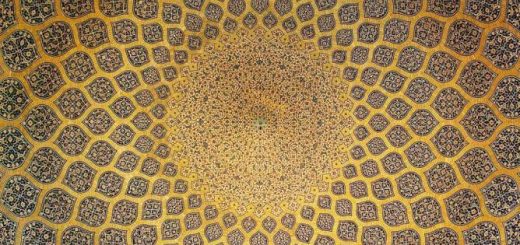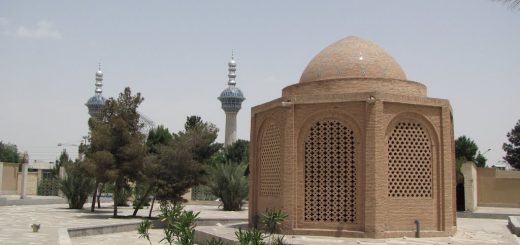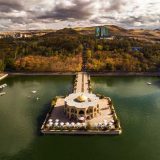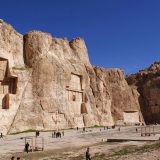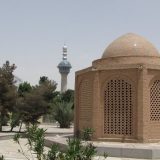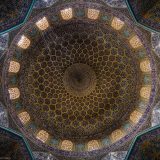History of Shiraz
In this part of www.isftour.com travel consulate website we gave you some information about one of the historical city of iran.
Shiraz is mentioned in Elamite inscriptions from around 2000 BC and it was an important regional centre under the Sassanians. However, Shiraz did not become the provincial capital until about AD 693, following the Arab conquest of Estakhr, the last Sassanian capital (8km northeast of Persepolis, but now completely destroyed). By 1044 Shiraz was said to rival Baghdad in importance and grew further under the Atabaks of Fars in the 12th century, when it became an important artistic centre.
Shiraz is mentioned in Elamite inscriptions from around 2000 BC and it was an important regional centre under the Sassanians. However, Shiraz did not become the provincial capital until about AD 693, following the Arab conquest of Estakhr, the last Sassanian capital (8km northeast of Persepolis, but now completely destroyed). By 1044 Shiraz was said to rival Baghdad in importance and grew further under the Atabaks of Fars in the 12th century, when it became an important artistic centre.
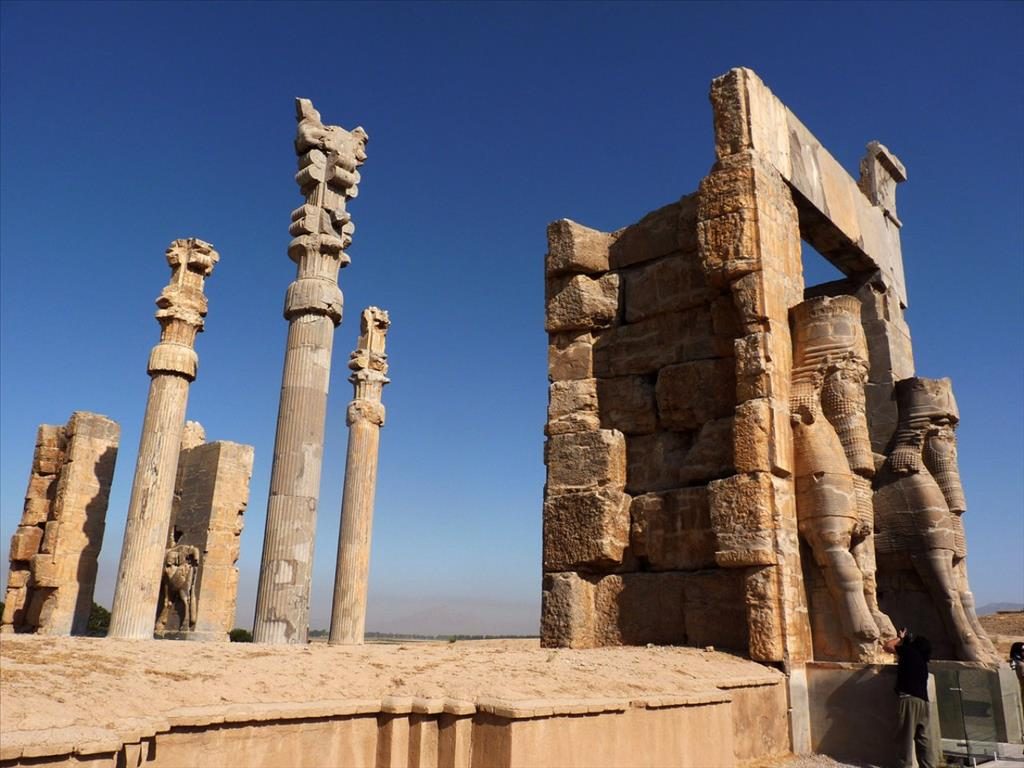
Shiraz was spared destruction by the rampaging Mongols and Tamerlane because the city’s rulers wisely decided that paying tribute was preferable to mass slaughter. Having avoided calamity, Shiraz enjoyed the Mongol and Timurid periods, which became eras of development. The encouragement of enlightened rulers, and the presence of Hafez, Sa’di and many other brilliant artists and scholars, helped make it one of the greatest cities in the Islamic world throughout the 13th and 14th centuries.
Shiraz remained a provincial capital during the Safavid period, when European traders settled here to export its famous wine. But by the mid-17th century it had entered a long period of decline. This was worsened by several earthquakes, the Afghan raids of the early 18th century, and an uprising led by Shiraz’s governor in 1744, which was put down in typically ruthless fashion after a siege by Nader Shah.
At the time of Nader Shah’s murder in 1747, Shiraz was squalid and its population had fallen to 50, 000, a quarter of the number 200 years earlier. But the city soon returned to prosperity. The enlightened Karim Khan, the first ruler of the short-lived Zand dynasty, made Shiraz the national capital in 1750. Despite being master of virtually all of Persia, Karim Khan refused to take any higher title than vakil (regent). He was determined to build Shiraz into a worthy capital, the equal of Esfahan under Shah Abbas I.
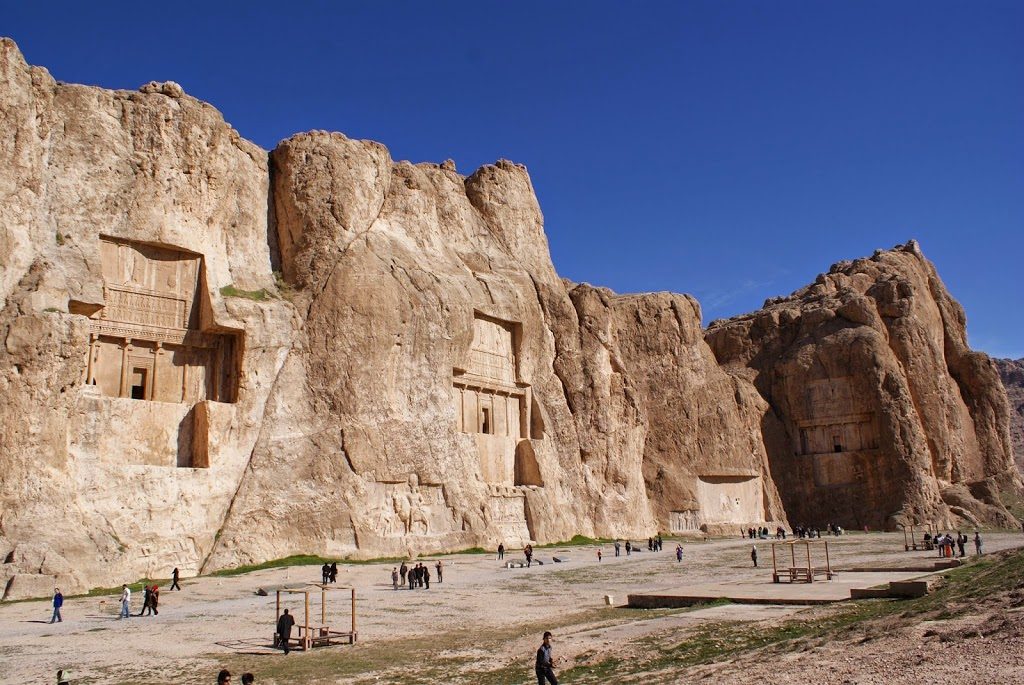
Karim Khan founded a royal district in the area of the Arg-e Karim Khan and commissioned many fine buildings, including what was the pre-eminent bazaar in Persia. After his death, however, things fell apart. The Qajars, longtime enemies, attacked and destroyed the city’s fortifications and by 1789 had moved the national capital – and the remains of Karim Khan – to Tehran.
Shiraz remained prosperous due to its position on the trade route to Bushehr, but this role was greatly diminished with the opening of the trans-Iranian railway in the 1930s. Much of the architectural inheritance of Shiraz, and especially the royal district of the Zands, was either neglected or destroyed as a result of irresponsible town planning under the Pahlavi dynasty. Lacking any great industrial, religious or strategic importance, Shiraz is now largely an administrative centre, though one famous for its universities.



